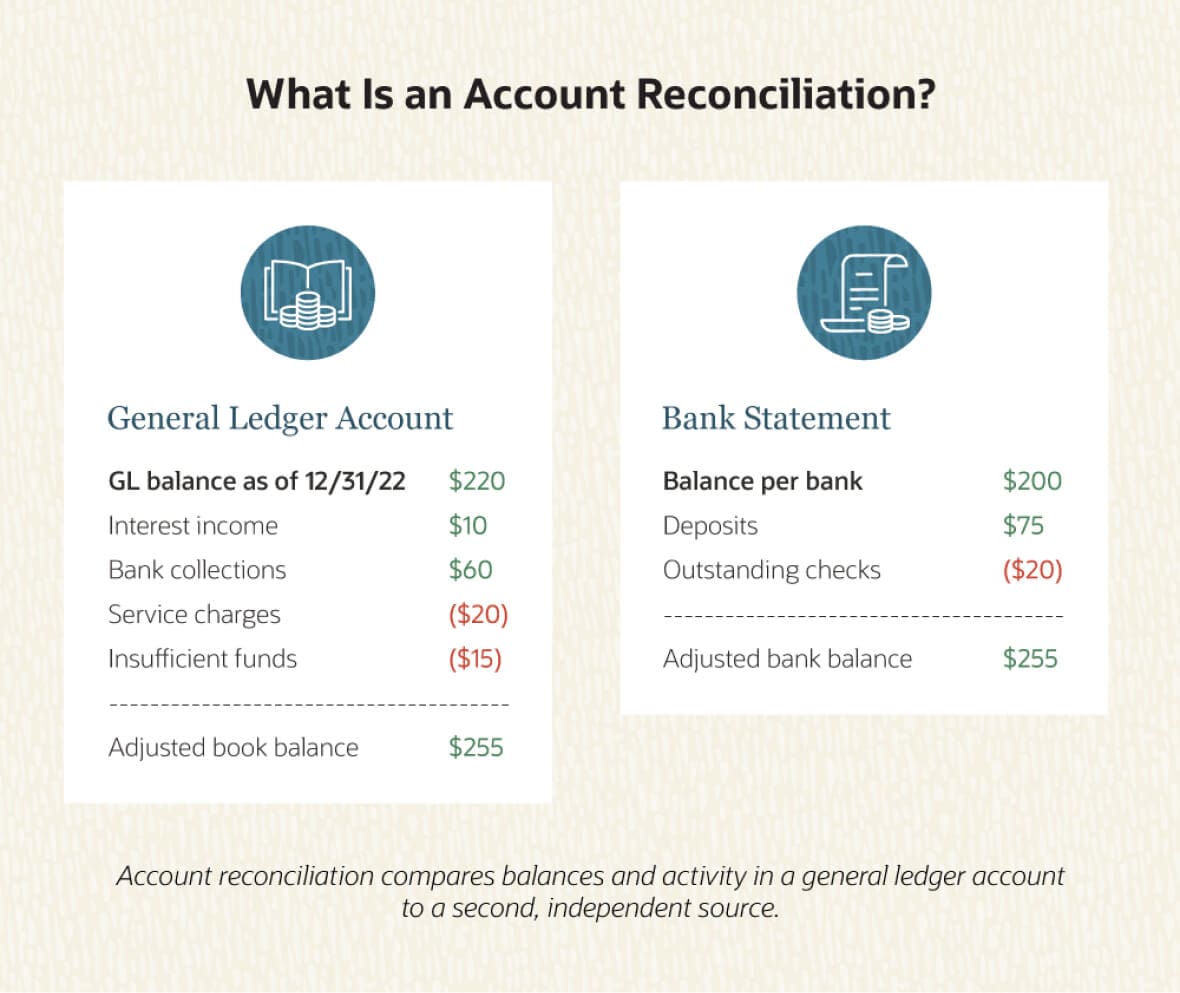
Introduction: Navigating Financial Harmony through Bank Reconciliation Practices
In the intricate landscape of financial management, maintaining a harmonious balance is paramount. Bank reconciliation practices serve as the compass, guiding businesses through the complexities of their financial transactions. Let’s explore the significance of these practices and delve into the best strategies for optimizing them.
Understanding Bank Reconciliation: A Crucial Financial Ritual
Bank reconciliation is the process of comparing a company’s financial records with the bank’s statements to ensure accuracy and identify any discrepancies. This financial ritual is essential for businesses of all sizes, offering a systematic approach to account for every transaction and maintain financial transparency.
The Importance of Regular Reconciliation: Unveiling Financial Discrepancies
Regular reconciliation is not merely a financial formality; it’s a proactive measure to unveil discrepancies promptly. Timely identification of errors, discrepancies, or unauthorized transactions is crucial for addressing issues before they escalate. This practice acts as a safeguard against financial missteps and potential fraud.
Streamlining Processes with Automation: Embracing Technological Solutions
In the era of digital transformation, automation plays a pivotal role in streamlining business processes, and bank reconciliation is no exception. Implementing automated reconciliation tools not only expedites the process but also reduces the margin of error, allowing financial teams to focus on more strategic aspects of financial management.
Enhancing Accuracy with Detailed Record-Keeping: The Devil is in the Details
Effective bank reconciliation hinges on meticulous record-keeping. Maintaining detailed records of all financial transactions provides a comprehensive overview, facilitating a smoother reconciliation process. Accuracy is the cornerstone of successful bank reconciliation, and it starts with a well-organized financial record.
Establishing Clear Protocols for Reconciliation: A Proactive Approach
Establishing clear protocols for bank reconciliation is vital for consistency and accuracy. These protocols should outline responsibilities, timelines, and the specific steps involved in the reconciliation process. A proactive approach to setting up and adhering to these protocols ensures a well-orchestrated financial management system.
Aligning with Industry Standards: Compliance as a Cornerstone
Adhering to industry standards is non-negotiable in the realm of finance. Bank reconciliation practices must align with regulatory requirements to ensure compliance. Keeping abreast of industry standards not only mitigates risks but also instills confidence in stakeholders regarding the financial integrity of the business.
Effective Communication between Departments: Collaboration for Success
Bank reconciliation is a collaborative effort that requires effective communication between finance and other relevant departments. Establishing open lines of communication ensures that all transactions are accurately recorded and discrepancies are promptly addressed. Collaboration is key to maintaining financial harmony.
Regular Audits for Continuous Improvement: Fine-Tuning the Process
Continuous improvement is a hallmark of successful businesses. Regular audits of the bank reconciliation process help identify areas for enhancement. By fine-tuning the reconciliation process based on audit findings, businesses can adapt to evolving financial landscapes and improve overall efficiency.
Conclusion: Rock-Solid Financial Management with Bank Reconciliation Practices
In conclusion, bank reconciliation practices are not just a financial formality; they are a strategic imperative for businesses seeking financial harmony. Embracing automation, meticulous record-keeping, clear protocols, compliance, and collaboration sets the stage for a robust reconciliation process. To explore effective solutions for your bank reconciliation needs, visit Bank Reconciliation Practices.














